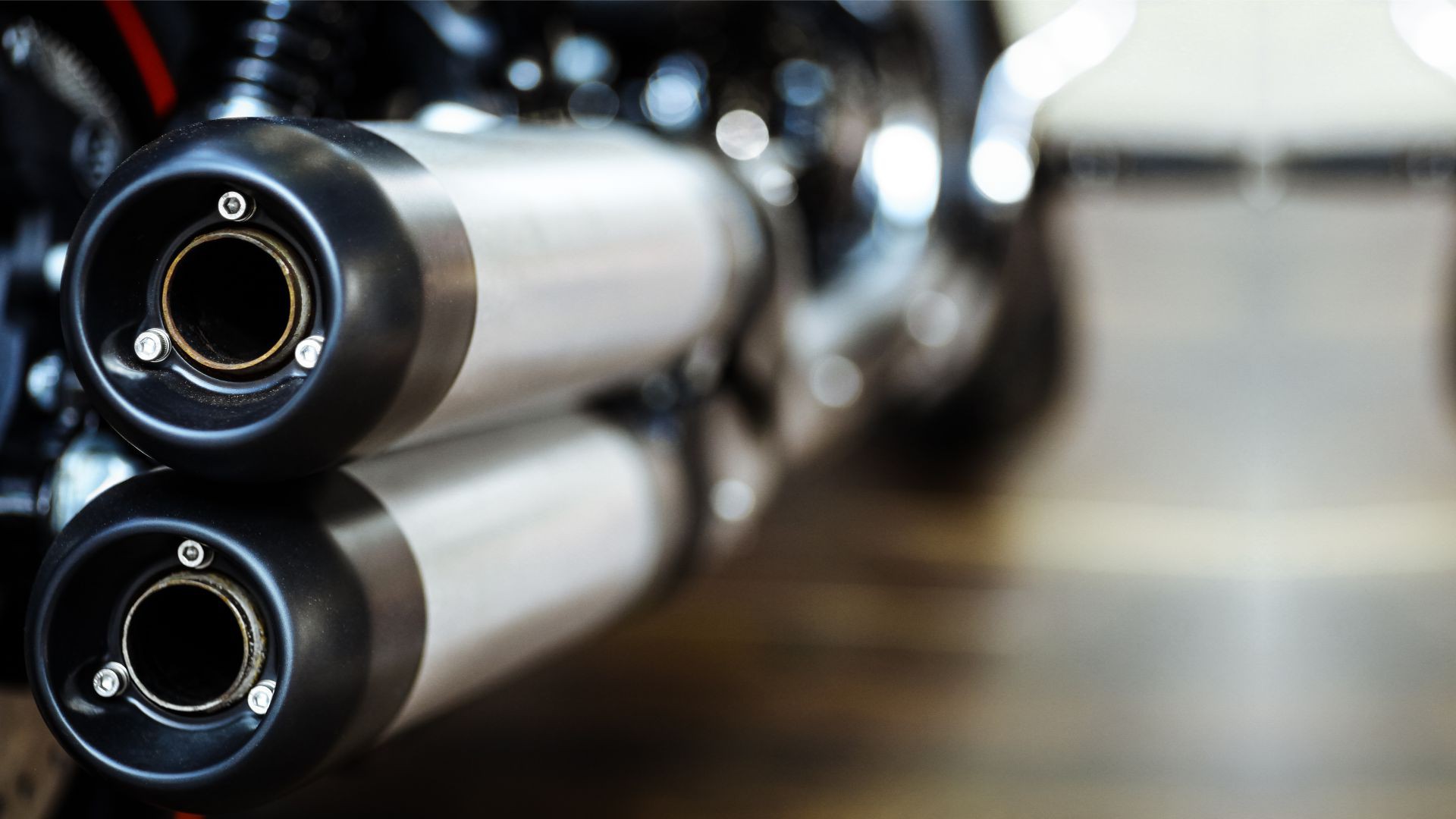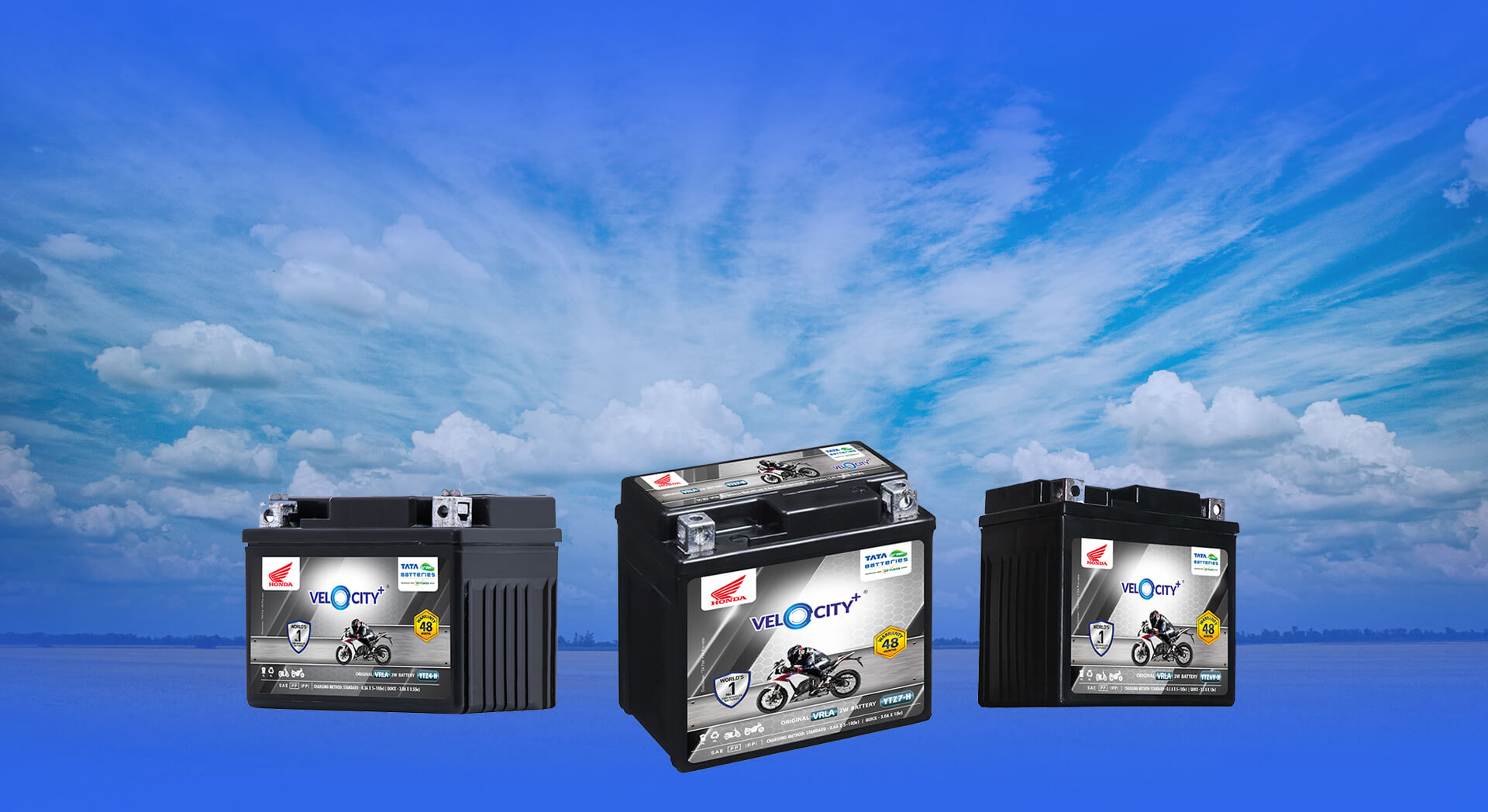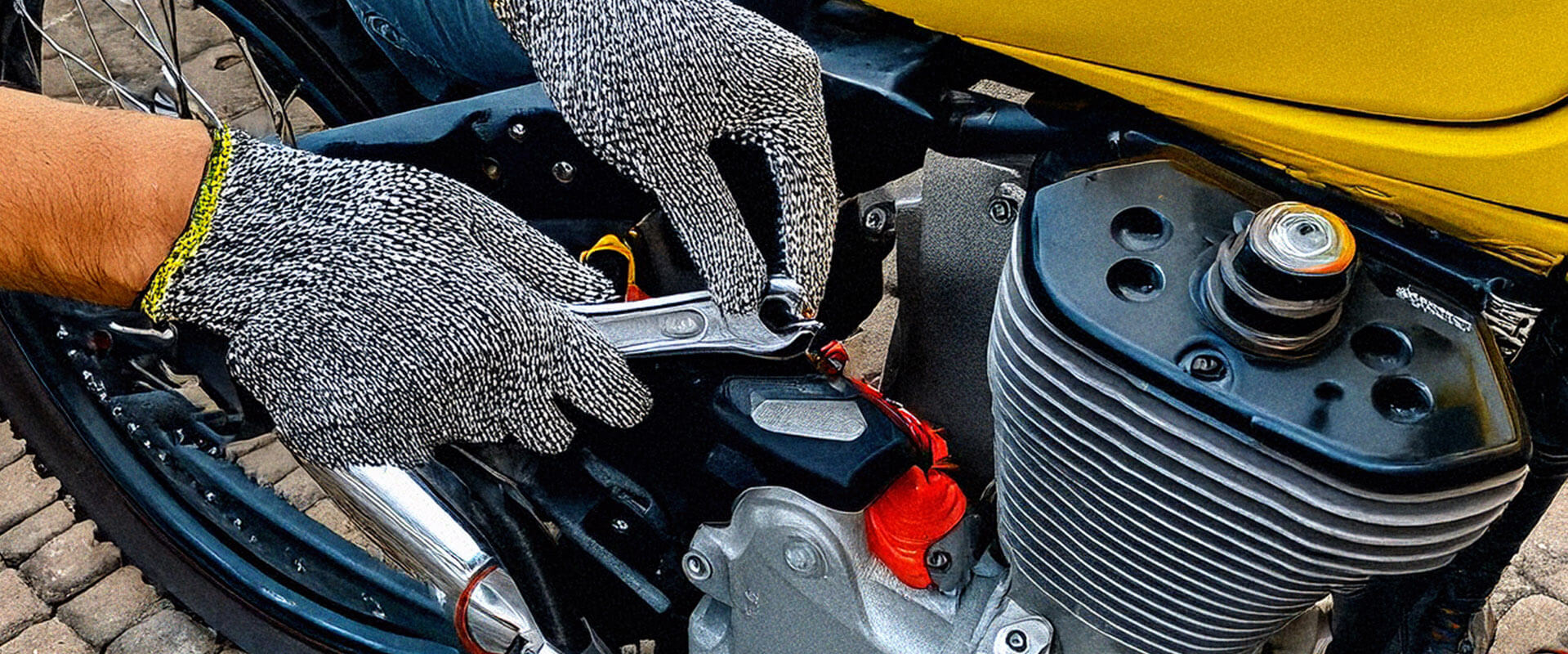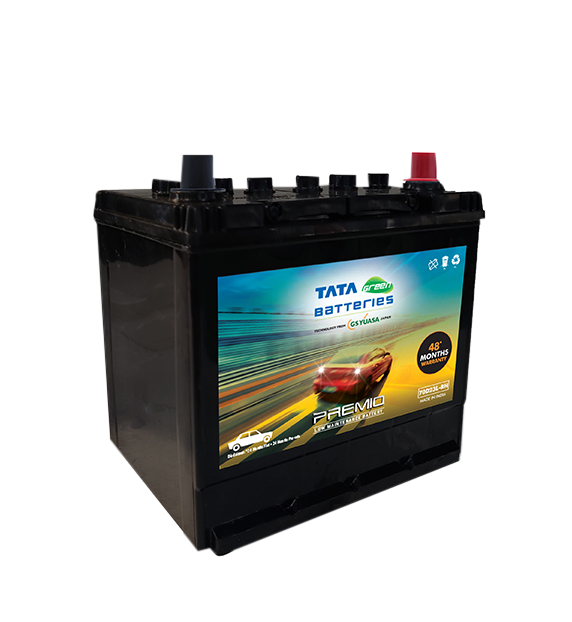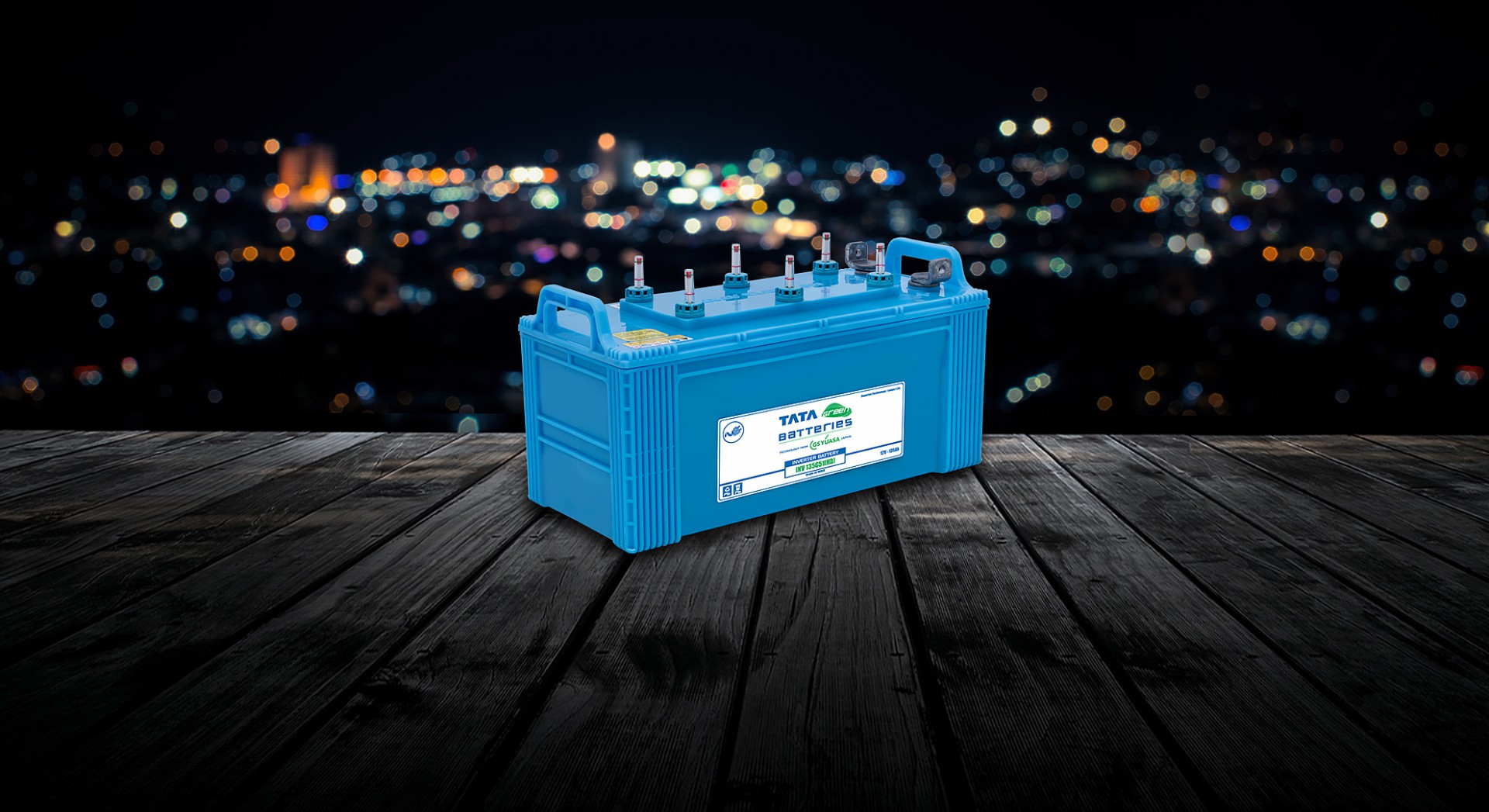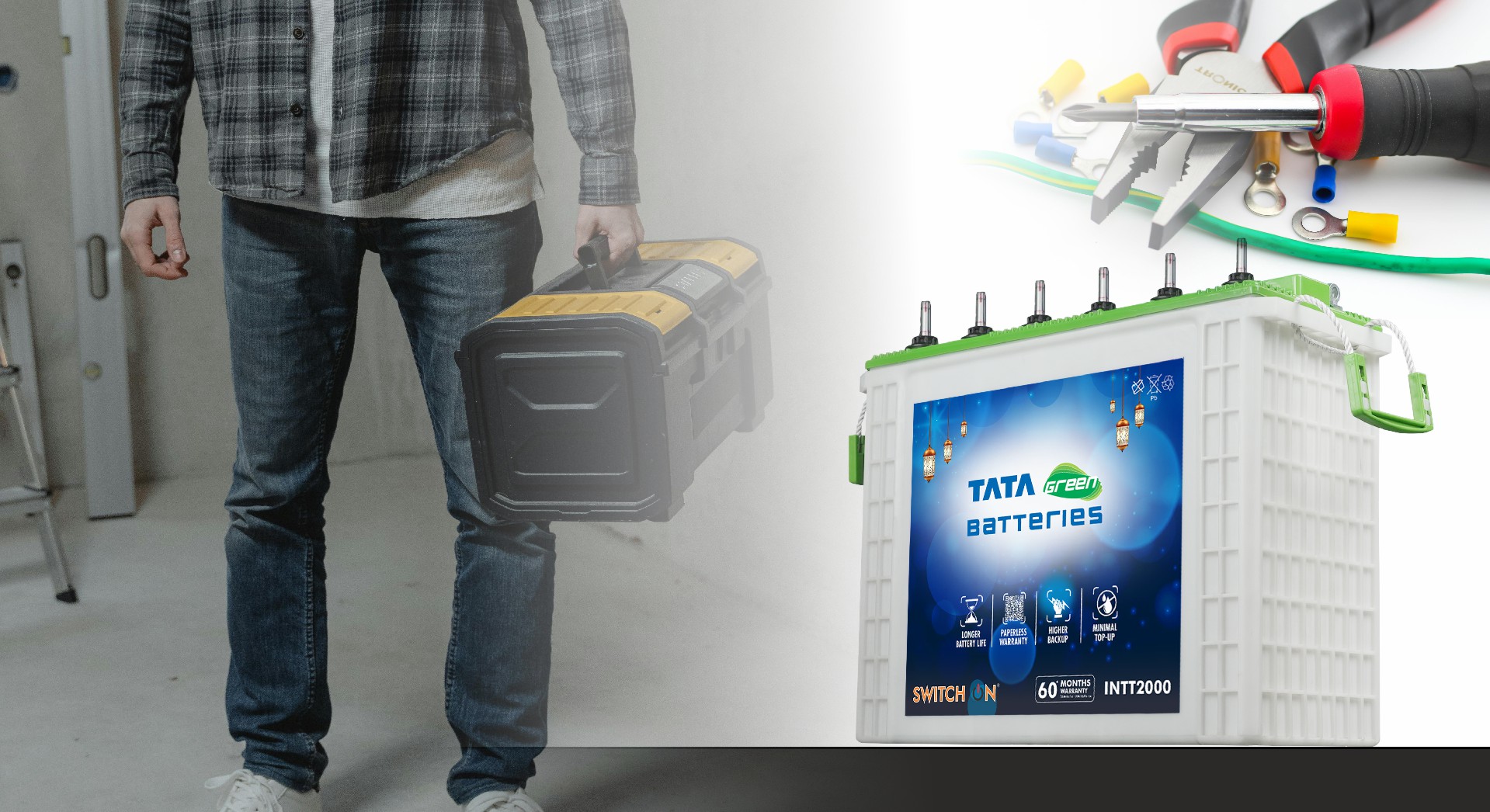How to Care for Your Two-Wheeler Battery: Extend Battery Life and Ensure Peak Performance
Is the headlight getting dim, and the horn is not working? Is the starter slow and struggling to move? Are clicking sounds heard while trying to start the bike? Well, these are some tell-tale signs indicating that the battery’s health is not in proper order and requires servicing.
A bike battery is a critical element that puts your bike in the starting mode and provides energy to other parts. While a bike battery is what keeps your bike in proper health, it is equally important to ensure that the battery’s health is properly taken care of.
Here’s a comprehensive guide to battery maintenance systems and tips to help you extend the battery life of your bike and keep it in top shape.
Understanding Your Battery Type
Before diving into the battery maintenance tips, it’s essential to know what kind of battery you have. Two-wheeler batteries generally fall into two categories:
- Conventional Batteries: These require regular topping up of the electrolyte levels with distilled water. They are identifiable by removable caps on the battery.
- VRLA Batteries: These are maintenance-free and do not require electrolyte top-ups. They are typically sealed and do not have removable caps.
Knowing your type will guide you on the correct maintenance procedures.
Essential Battery Maintenance Tips
-
Visual Inspection
A visual inspection of your two-wheeler battery once every three months is a must-do practice. (Set reminders if you tend to forget.) Look for loose or broken terminals that could lead to dangerous short circuits. Ensure terminals are tight and free of corrosion. Corrosion can cause poor connectivity and affect the battery’s performance. Also, check the exterior for any unsafe crack, leakage, bulge, or split, as it rings a warning bell that your bike is asking for a battery replacement.
-
Top up at Regular Intervals (Only for conventional batteries)
If you’re using regular conventional motorcycle batteries, ensure that the electrolyte cells are topped up with distilled water. The electrolyte levels are best kept within the upper and lower limits marked on the container of conventional lead-based batteries. Use only distilled water because it has no impurities and helps the bike batteries last longer. Batteries with VRLA technology don’t need any Top-Up.
-
Clean the Terminals
The battery terminals and nearby areas should be properly cleaned to prevent corrosion which can cause problems while starting the bike. Keep them in a dry condition always. Cleaning regularly helps prevent the buildup of dirt and sediments which in turn increases the automobile battery’s life in the long run.
-
Regular Charging
Even during long periods of non-use, any automobile battery should be regularly charged. Discharging the battery in an idle state is harmful to the battery; therefore, keep charging the battery every month, even if it is not used for a long time.
-
Keep the Battery Grime-free
Over time, tiny dust particles, grime, and small pollutants tend to accumulate on the battery. These should be cleaned off using a clamp brush and battery cleaner. To prevent the cleaner from entering the cells, make sure the vent caps are tight. Cleanly wipe the bike battery with a wet towel and then with another dry towel.
Identifying and Addressing Symptoms of Battery Failure
Understanding the symptoms of a failing battery can help you address issues promptly. Check for dim headlights as this could indicate a weak battery or charging system problem. Difficulty starting the engine often points to a battery issue. Also, issues with lights, horns, or other electrical components can signal a failing battery.
Proper Storage and Handling
Proper storage is crucial for maintaining your scooter battery life if you need to store your bike for an extended period. Avoid exposing the battery to extreme temperatures or moisture.
Preventive Measures to Avoid Battery Drainage
Follow these tips to avoid unnecessary battery drainage and extend the life of your motorcycle battery:
- Ensure all lights and electrical accessories are turned off when the bike is unused.
- Short trips can prevent the battery from fully charging. Opt for longer rides to keep the battery charged.
- Follow the battery maintenance tips provided to keep the battery in optimal condition.
Key Takeaways
By incorporating these ways to maintain your motorcycle battery into your routine, you can enhance its performance, avoid unexpected breakdowns, and ensure your bike starts reliably every time. Regular attention will extend your battery lifespan and contribute to your two-wheeler’s overall efficiency and safety.
So, remember to follow these tips to maintain your two-wheeler’s battery and enjoy a smoother, more dependable ride!
Two-wheeler batteries require regular care and attention so that they never fail to power your bike.




